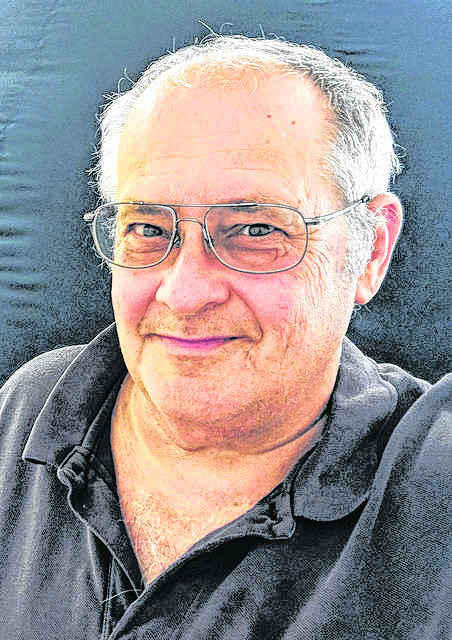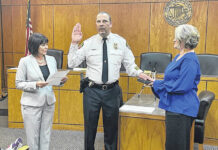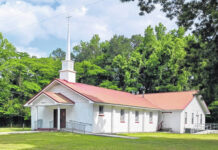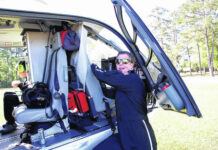This evening and Wednesday, there will be one of the best annual meteor showers you can watch, the Perseids.
Some experts are even predicting that there might be a meteor “outburst” this year — where the number of “shooting stars” increases beyond the usual rates.
The best night is this evening and Wednesday morning, although there could be a significant number of meteors in the sky on the night before and the night after as well. Meteors or “shooting stars,” which have nothing to do with stars, are pieces of cosmic dust and dirt hitting the Earth’s atmosphere at high speed and making a flash of light. These flashes could happen anywhere in the sky, so it’s best to view the shower from a dark, wide-open place. See the list below for viewing suggestions.
The Perseid meteors are cosmic “garbage” left over from a regularly returning comet, called Swift-Tuttle, named after the two astronomers who first discovered it. The comet itself returns to the inner solar system every 130 years or so. It was last here in 1992. During each pass, it leaves dirt and dust behind and it is this series of long dirt and dust tails that we encounter. Some scientists who study comets and meteors are predicting that we might briefly encounter an especially crowded part of the debris stream this time. A waning gibbous moon does provide a damper, however, as the dimmer meteors will be “washed out” by the moonlight.
Each flash you see is a bit of material from the comet hitting the Earth’s atmosphere and getting heated up, and heating up the air around it, as it speeds through our thick atmosphere. Both the superheated dust and dirt and the heated air contribute to the visible light we observe. Since comets are leftovers from the early days of our solar system, you can tell yourself, or your kids, that each flash of light is the “last gasp” of a bit of cosmic material that formed some 5 billion years ago. Looking directly overhead will give you the best chance to see one of these leftover comet bits.
A few more tips for best viewing:
— Get away from city lights and find a location that’s relatively dark.
— If it’s significantly foggy or cloudy, you’re out of luck.
— Your location should allow you to see as much of the sky as possible.
— Allow time for your eyes to get adapted to the dark (at least 10 -15 minutes).
— Don’t use a telescope or binoculars – they restrict your view.
— Dress warmly. It can get cooler at night even in August (and don’t forget the insect repellent while you are outside).
— Be patient. Keep looking up and around and you’ll see flashes of light.
— Children, make sure to take an adult with you if you venture outside. Don’t go out alone.
Ken Brandt is the director of the Robeson Inflatable Planetarium. He can be reached at [email protected].









